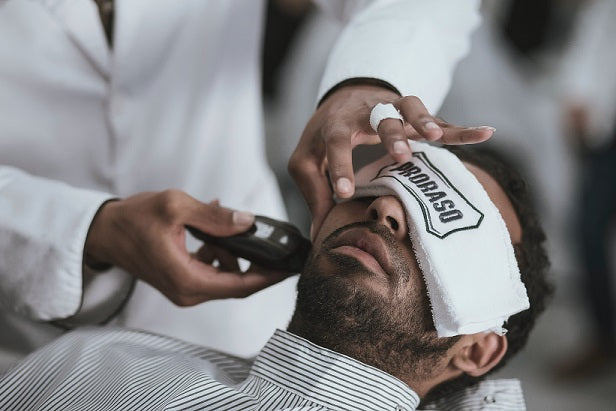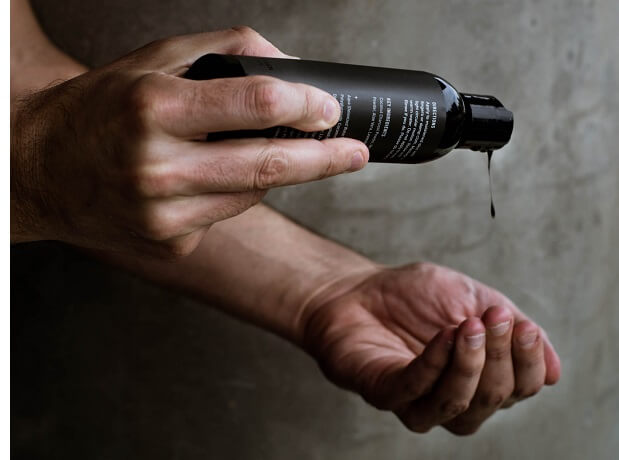As men, we often take pride in our appearance, and a full, healthy head of hair can be a significant part of that. However, hair loss and thinning hair can be a frustrating and confidence-shattering experience for many. If you're struggling with hair thinning or hair loss, you're not alone. Fortunately, there's no need to resign yourself to a receding hairline or a thinning crown. With the right products for hair growth, you can regain control and achieve the thick, luscious locks you deserve.
Understanding Hair Thinning and Hair Loss
Before diving into the best hair loss products on the market, it's essential to understand the causes of hair thinning and hair loss in men. Various factors, including genetics, hormonal changes, stress, and nutritional deficiencies, can contribute to these issues. While some causes are beyond our control, addressing underlying factors and using the right hair care products can make a significant difference.
The Power of Proven Hair Thinning Solutions
When it comes to combating hair thinning and hair loss, there are numerous products available, each with its own unique formulation and approach. Here are some of the most effective and popular options:
Minoxidil
Minoxidil is a topical solution that has been widely used and approved by the FDA for treating male pattern baldness. It works by increasing blood flow to the hair follicles, promoting hair growth and preventing further hair loss. Minoxidil products are available in various concentrations and formulations, including foams, liquids, and sprays.
Finasteride
Finasteride is an oral medication that blocks the production of dihydrotestosterone (DHT), a hormone that contributes to hair loss in men. By reducing DHT levels, finasteride can help slow down or even reverse hair loss. It's important to note that finasteride requires a prescription and should be used under medical supervision.
Laser Therapy
Laser therapy devices, such as low-level laser therapy (LLLT) combs or helmets, are gaining popularity as a non-invasive and effective way to promote hair growth. These devices emit low-level laser light that stimulates the hair follicles, increasing blood flow and encouraging new hair growth.
Hair Growth Supplements
Nutritional supplements containing ingredients like biotin, saw palmetto, and pumpkin seed oil have been shown to support healthy hair growth and potentially slow down hair loss. While not as potent as prescription medications, these supplements can be a great addition to your hair care regimen.
Choosing the Right Men's Shampoo and Conditioner
In addition to targeted hair loss treatments, using the right men's shampoo and conditioner can also play a crucial role in maintaining healthy hair and preventing further thinning. Look for products that are free from harsh chemicals and sulfates, as these can strip your hair of its natural oils and cause dryness and breakage.
Instead, opt for gentle, nourishing formulas that contain ingredients like keratin, biotin, and plant-based extracts. These ingredients can help strengthen hair strands, promote growth, and protect against environmental stressors that can contribute to hair thinning.
Realistic Expectations and Patience: The Key to Success
While the prospect of regaining a full head of hair can be exciting, it's essential to have realistic expectations and be patient with the process. Most hair thinning products take several months to start showing noticeable results, and it may take even longer to see significant improvements.
Consistency is key when it comes to using hair loss treatments. Follow the instructions carefully and stick to the recommended regimen. Additionally, it's important to be patient and give the products time to work. Rushing the process or constantly switching between different products can be counterproductive and may even exacerbate hair thinning.
Embrace a Holistic Approach for Best Results
While hair loss products can be incredibly effective, they work best when combined with a holistic approach to hair care. This includes maintaining a balanced diet rich in essential nutrients, managing stress levels, and adopting a healthy lifestyle.
Additionally, protecting your hair from environmental stressors like UV radiation, pollution, and excessive heat styling can help prevent further damage and promote healthy hair growth.
Shop Now and Embark on Your Hair Growth Journey
If you're ready to take control of your hair thinning and embark on a journey towards thicker, healthier hair, it's time to invest in the right hair thinning products. At MyManfur, we offer a wide range of high-quality, scientifically backed solutions to address hair loss and promote hair growth.
From topical treatments like minoxidil to oral supplements and laser therapy devices, our collection has something for every need and budget. We also carry a selection of nourishing men's shampoos and conditioners to complement your hair growth regimen.
Don't let hair thinning or hair loss hold you back any longer. Visit MyManfur today and take the first step towards the full, confident head of hair you've always wanted.




